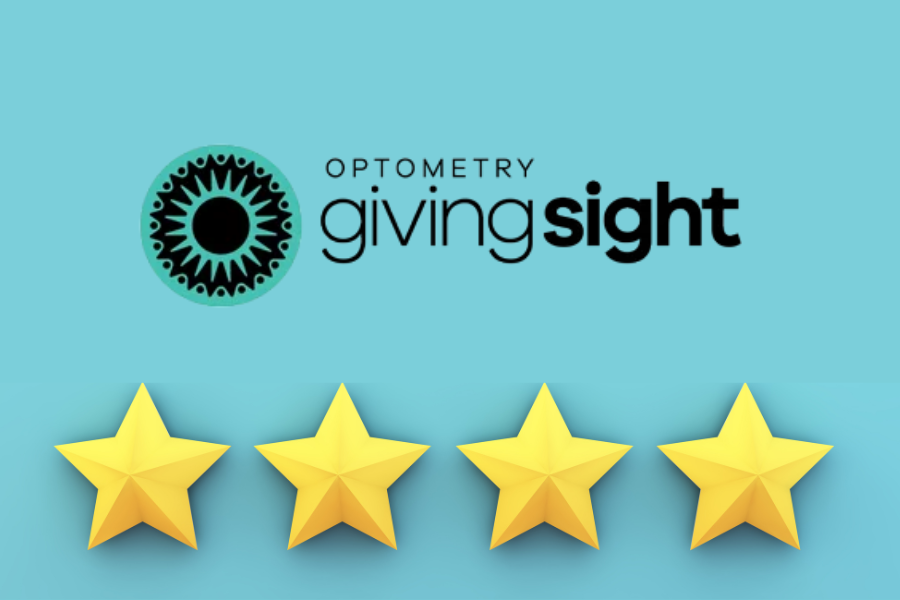
The eye care industry, a nexus of health, style, and innovation, is at a critical juncture. Despite being a field ripe with opportunities, we are faced with a recruitment crisis. This is our clarion call to action, our moment to harness the latent potential within and address the pressing challenge of attracting and retaining a future-focused workforce.
Recruitment in Crisis: An Opportunity Cloaked in Urgency
It’s an unsettling paradox that such an appealing industry is grappling with talent acquisition. The crux of the issue lies in our short-term tactics and the perennial race against the clock, fulfilling the needs of today while the foresight for tomorrow remains blurred.
Why is this sector a beacon for aspirants? It offers a unique combination of compassionate healthcare services and the sleek sophistication of fashion, all underpinned by technological advancement. Yet, our outreach remains narrow, appealing only to those actively seeking employment rather than inspiring a broader, more diverse audience to join our ranks.
Our industry has been content with ‘Best Practices’, comfortably treading water in familiar territory. We’ve focused on those with resumes at the ready, failing to cast our net wider to those not yet contemplating the rich and varied careers in eye care.
How do we break free from the current paradigm that holds us back? By shifting our perspective from short-term, reactionary methods to controlled, long-term planning. Recruitment must be reimagined—not as a series of transactions but as a strategic endeavor.
Addressing the challenge of filling specialized roles like optometrists and opticians requires a multifaceted approach, particularly considering that these professions demand extensive education and training. While the power to expand educational opportunities often lies with educational governance structures, there’s a time-proven strategy within our reach: mentorship. This approach, far from being novel, has long been a cornerstone in the optical industry. Through mentorship, seasoned professionals can guide, inspire, and motivate those embarking on or considering these demanding career paths. It’s an invaluable tool for career development, ensuring a continuous influx of well-prepared professionals ready to uphold and advance the standards of eye care. By strengthening mentorship initiatives, we not only support individual career growth but also contribute significantly to addressing our industry’s long-term staffing needs.
Imagine the transformation if, instead of competing for a finite pool of candidates, we joined forces to build the workforce of tomorrow. By leveraging advanced processes such as human analytics and behavioral science, we can align personalities with roles that not only fit but flourish within our industry.
Collaborative Innovation: A Path Forward
What if our collective effort could create a talent incubator, nurturing the next generation of associates and eye care professionals? Examples abound in other industries where collaboration has led to robust talent pipelines and shared success.
We’ve witnessed industries pivot and thrive by adopting such collaborative strategies. The food manufacturing sector, for example, has united to spectacular results, with applications and retention rates soaring. We don’t have the luxury to be passive observers; action is imperative.
It’s time for the torchbearers of industry: associations, buying groups, professional circles, and leading companies to ignite this change. We need visionaries who can transcend traditional boundaries and initiate a movement toward strategic recruitment.
The Future is Clear—Let’s Shape It Together
Who will answer the call to reshape our industry’s future? It begins with leadership willing to invest in tomorrow, today. Together, we can cultivate an environment that not only draws talent but also empowers, retains, and celebrates it.
The future of eye care must be envisioned with clarity and courage. We have a responsibility to act decisively, crafting a legacy of innovation in recruitment that will sustain and invigorate our industry for decades to come.

TIM BRENNAN
is Chief Visionary Officer with Fit First Technologies Inc, the creators of Eyeployment, TalentSorter and Jobtimize.











 Imagine, if you will, a patient viewing this sign!
Imagine, if you will, a patient viewing this sign!

















